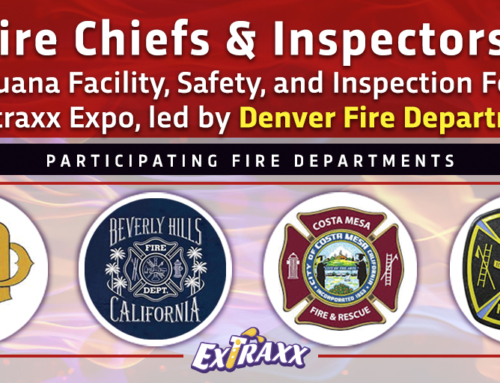WAC 314-55-104
Marijuana Processor License Extraction Requirements
(1) Processors are limited to certain methods, equipment, solvents, gases and mediums when creating marijuana extracts.
(2) Processors may use the hydrocarbons N-butane, isobutane, propane, or heptane or other solvents or gases exhibiting low to minimal potential human health-related toxicity approved by the WSLCB. These solvents must be of at least ninety-nine percent purity and a processor must use them in a professional grade closed loop extraction system designed to recover the solvents, work in an environment with proper ventilation, controlling all sources of ignition where a flammable atmosphere is or may be present.
(3) Processors may use a professional grade closed loop CO2 gas extraction system where every vessel is rated to a minimum of six hundred pounds per square inch. The CO2 must be of at least ninety-nine percent purity.
(4) Closed loop systems for hydrocarbon or CO2 extraction systems must be commercially manufactured and bear a permanently affixed and visible serial number.
(5) Certification from a licensed engineer must be provided to the WSLCB for professional grade closed loop systems used by processors to certify that the system was commercially manufactured, safe for its intended use, and built to codes of recognized and generally accepted good engineering practices, such as:
(a) The American Society of Mechanical Engineers (ASME);
(b) American National Standards Institute (ANSI);
(c) Underwriters Laboratories (UL); or
(d) The American Society for Testing and Materials (ASTM).
(6) The certification document must contain the signature and stamp of a professional engineer and the serial number of the ex-traction unit being certified.
(7) Professional closed loop systems, other equipment used, the extraction operation, and facilities must be approved for their use by the local fire code official and meet any required fire, safety, and building code requirements specified in:
(a) Title 296 WAC;
(b) Chapters 51-51 and 51-54A WAC;
(c) National Fire Protection Association (NFPA) standards;
(d) International Building Code (IBC);
(e) International Fire Code (IFC); and
(f) Other applicable standards including following all applicable fire, safety, and building codes in processing and the handling and storage of the solvent or gas.
(8) Processors may use heat, screens, presses, steam distillation, ice water, and other methods without employing solvents or gases to create kief, hashish, bubble hash, or infused dairy butter, or oils or fats derived from natural sources, and other extracts.
(9) Under WAC 314-55-077, infused dairy butter and oils or fats derived from natural sources may be used to prepare infused edible products, but they may not be prepared as stand-alone edible products for sale.
(10) Processors may use food grade glycerin, ethanol, and propylene glycol solvents to create extracts. All ethanol must be removed from the extract in a manner to recapture the solvent and ensure that it is not vented into the atmosphere.
(11) Processors creating marijuana extracts must develop standard operating procedures, good manufacturing practices, and a training plan prior to producing extracts for the marketplace. Any person using solvents or gases in a closed looped system to create marijuana extracts must be fully trained on how to use the system, have direct access to applicable material safety data sheets and handle and store the solvents and gases safely.
(12) Parts per million for one gram of finished extract cannot exceed 500 parts per million or residual solvent or gas when quality assurance tested per RCW 69.50.348.
[Statutory Authority: RCW 69.50.342 and 69.50.345. WSR 16-11-110, § 314-55-104, filed 5/18/16, effective 6/18/16; WSR 15-11-107, § 314-55-104, filed 5/20/15, effective 6/20/15; WSR 14-10-044, § 314-55-104, filed 4/30/14, effective 5/31/14. Statutory Authority: RCW 69.50.325, 69.50.331, 69.50.342, 69.50.345. WSR 13-21-104, § 314-55-104, filed 10/21/13, effective 11/21/13.]


